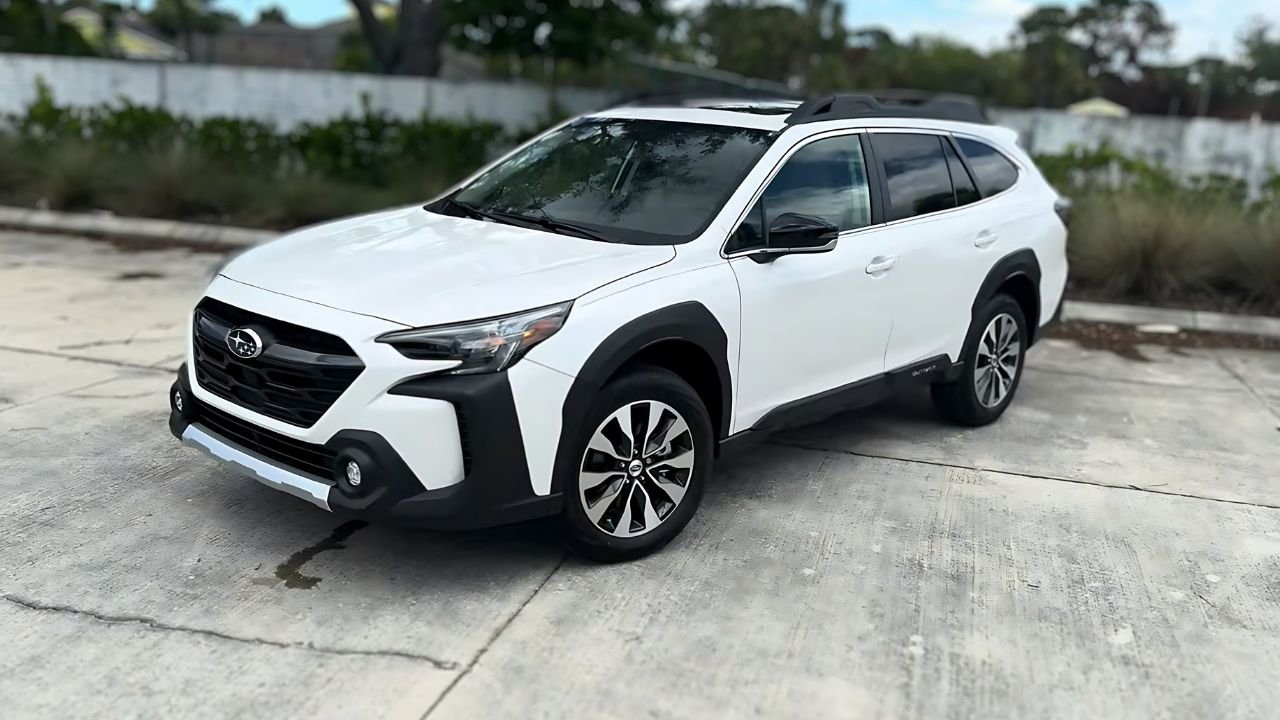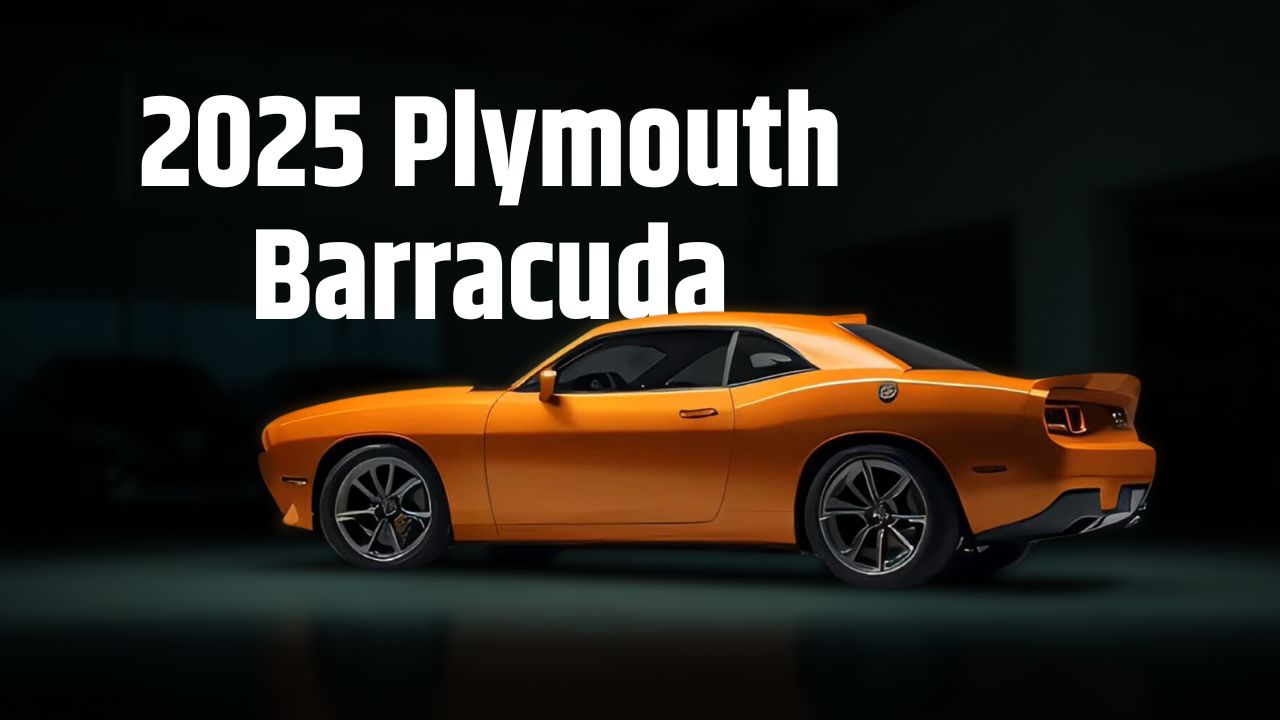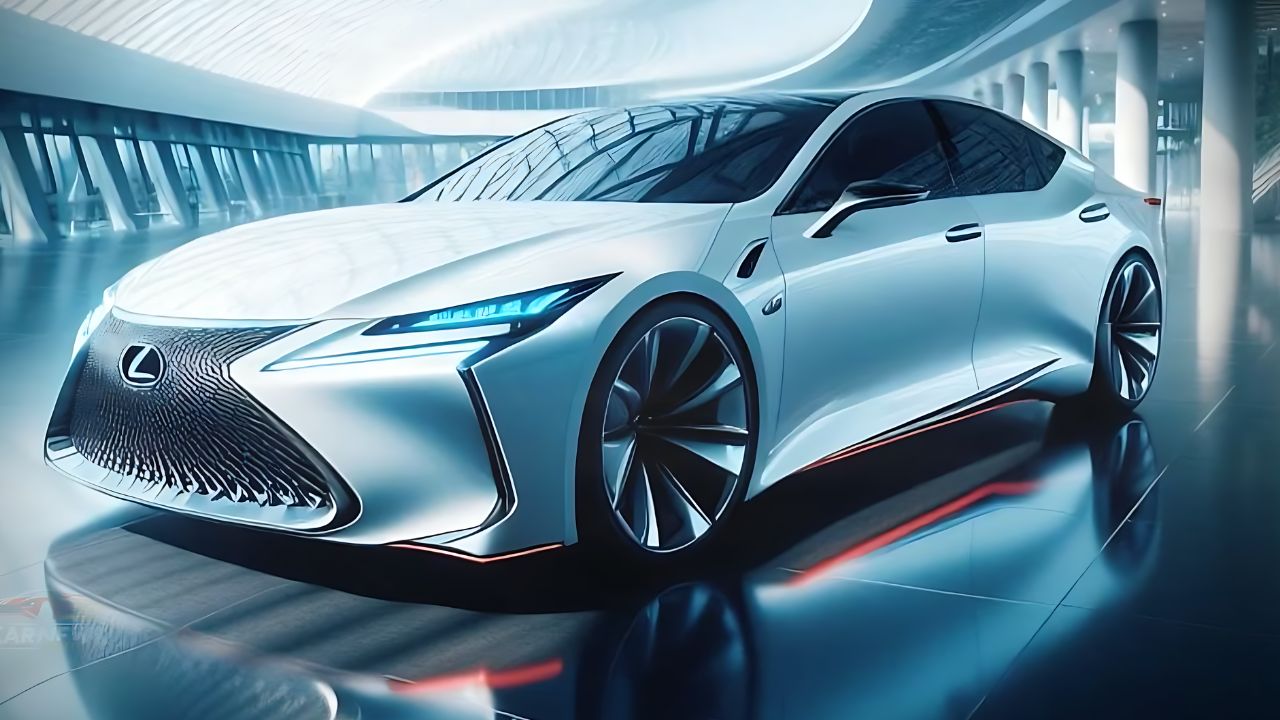5 Depreciated Hot Hatches That Pack a Punch
June 17, 2024 | by Team Neftin Mazda
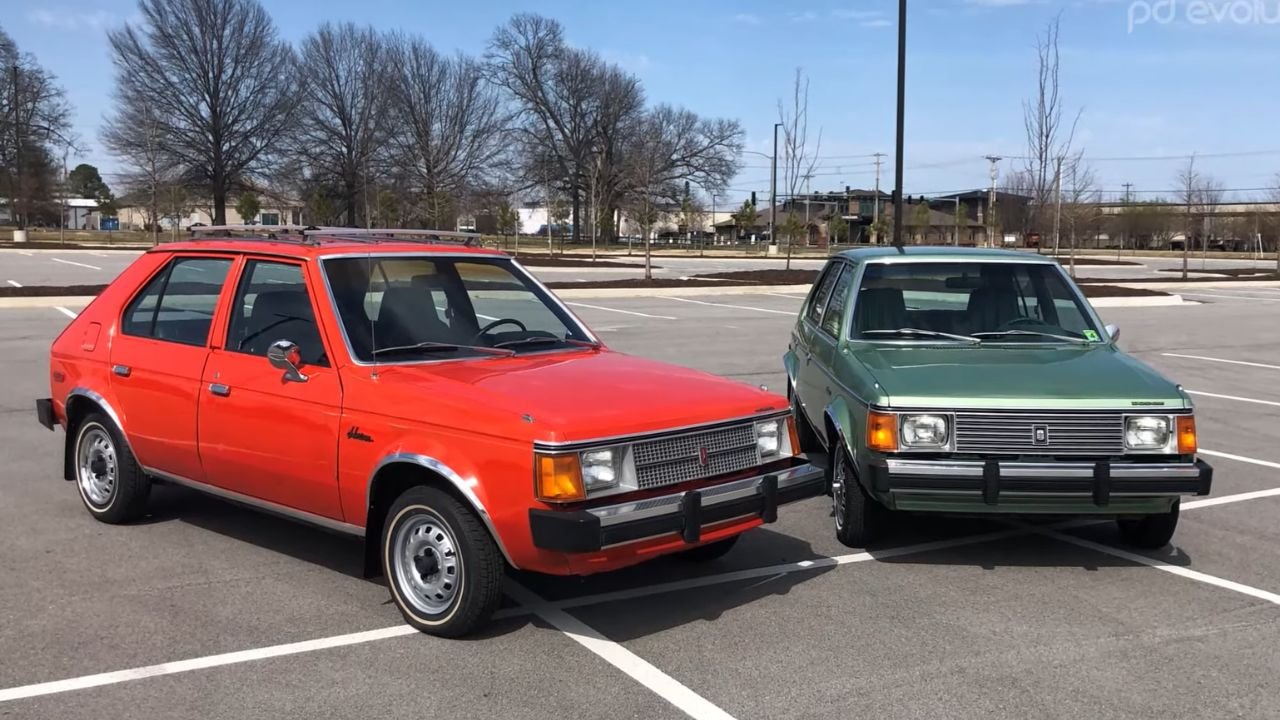
Today I want to talk to you about five cars that are all front-wheel drive like a proper hot hatch should be, which I think almost certainly reach the hyper hatch levels if not the top end of hot hatches for under 40 grand. Now, 40 grand is a lot of money to spend on a hot hatch. All of these cars are insanely fast and the one that isn’t quite as fast is a lot cheaper, so good value for money. Let’s get straight into it.
Table of contents
1. Shelby Omni GLHS
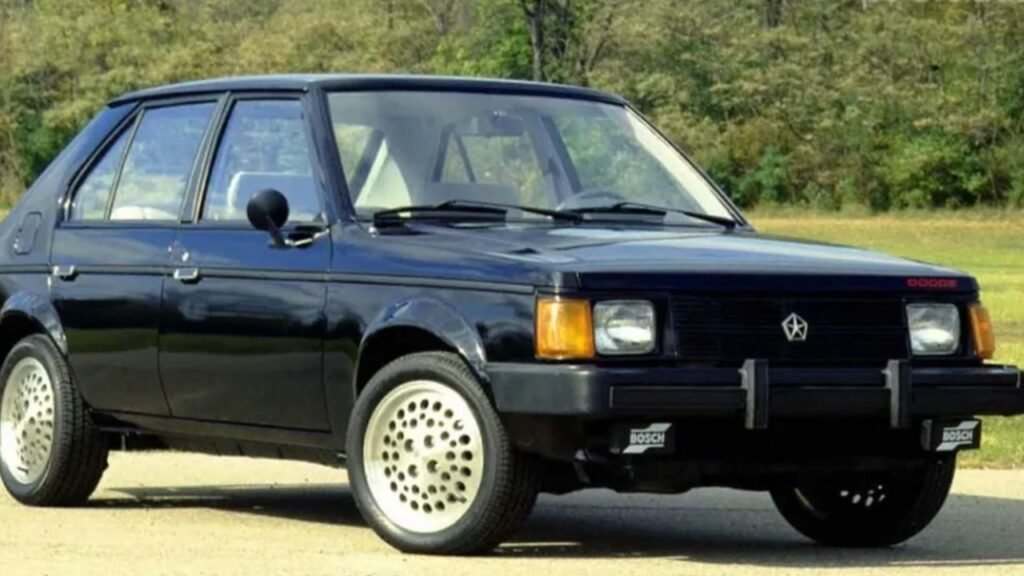
The Dodge Omni, a subcompact car that marked a significant shift in American automotive design, was introduced by Chrysler Corporation in 1978. Born out of the oil crises of the 1970s, which demanded more fuel-efficient vehicles, the Omni and its nearly identical twin, the Plymouth Horizon, became Chrysler’s first foray into front-wheel drive cars in the United States.
In 1986, the automotive world witnessed the birth of the Omni GLHS when Shelby American took the already peppy Dodge Omni GLH and injected it with a dose of Shelby magic at their factory in Whittier, California.
The result was a car that not only bore the Shelby name but also lived up to the performance legacy associated with it. Just 500 units of the GLHS were produced, each one retitled as a Shelby automobile and sold at select Dodge dealerships.
The standard Omni GL was already a potent machine, but Shelby took it further, enhancing the 2.2 L turbo engine with pre-production parts from the forthcoming Turbo 2 engine.
This included an intercooler and other modifications, pushing the output to 175 horses and enabling a flat torque curve. Despite lacking some durability features of the later Turbo 2 engine, the Shelby-tuned engines proved reliable, with a 0 to 60 acceleration time of 6.5 seconds and a top speed of 135 mph, leaving even V8-powered muscle cars of the era in the dust.
2. Ford Focus SVT
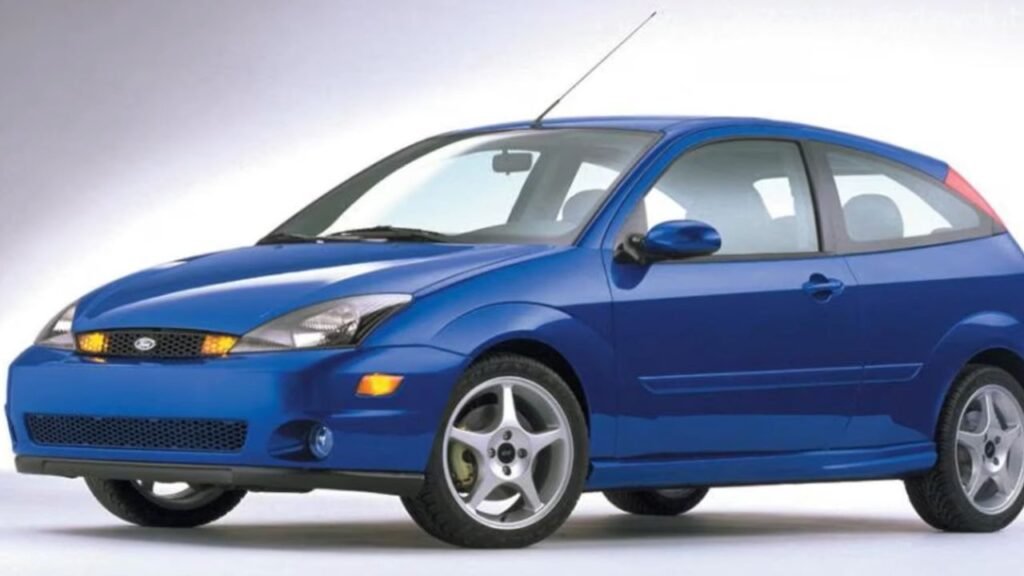
The Ford Focus SVT is a forgotten gem that deserves recognition. Launched for the 2002 model year, it was the product of Ford’s Special Vehicle Team, an in-house performance division that aimed to create exceptional vehicles.
At the time, the first generation Focus was still on the market, although it was approaching the end of its product cycle. The SVT team wanted to give the wildly popular original Focus a proper sendoff, and the Focus SVT was the result.
Under the hood, the SVT features a modified version of the 2.0 L Zetec engine co-developed with the famous UK engine builder Cosworth.
This enhanced power plant received special treatment, including an aluminum cylinder head, high compression pistons, forged connecting rods, and a dual-stage intake manifold. As a result, the total output increased from the standard 130 horsepower to an impressive 170 horses.
To channel that power effectively, Ford equipped the Focus SVT with a Getrag six-speed manual transmission similar to the one found in the Mini Cooper S. But the SVT wasn’t just about power; it also received upgrades in other areas.
Engineers added larger disc brakes on all four wheels, a stiffened suspension for improved handling, and more precise steering. Inside, the SVT boasts leather seats, a leather-wrapped steering wheel and shift knob, an optional power sunroof, and a seven-speaker audio system.
Initially a three-door affair, the Focus SVT later welcomed a five-door variant. In the three years from 2002 to 2004, more than 14,000 SVTs rolled out of the factory.
3. Mercury Capri ASC McLaren
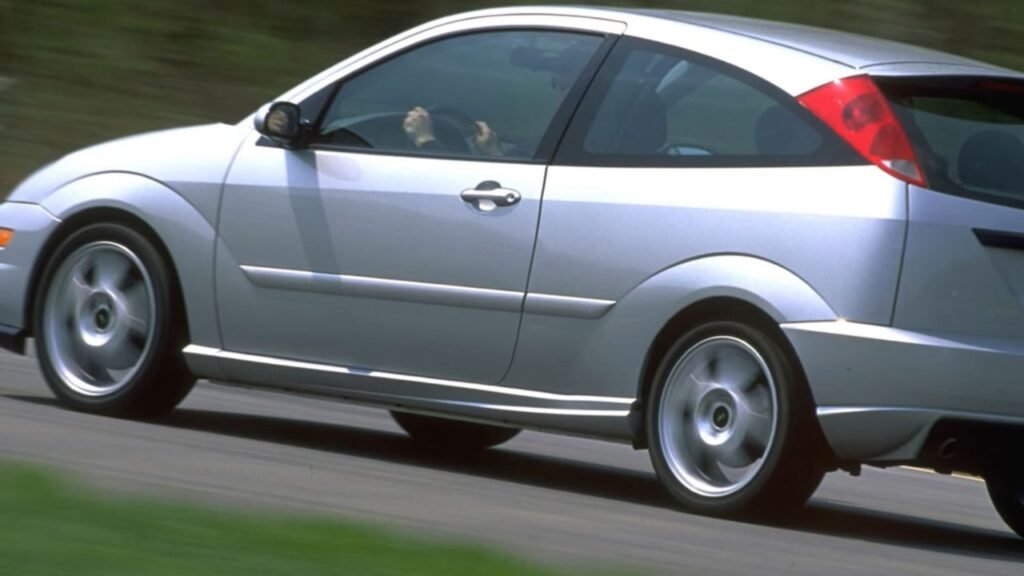
The second generation Mercury Capri was launched in 1979 and ended in 1986. This generation shared the Fox platform with the Mustang but was only available as a three-door hatchback.
The journey began in 1984 when the American Sunroof Corporation (ASC) had a relationship with McLaren, specifically the engine development branch of Bruce McLaren Motor Racing. Inspired by McLaren’s iconic blue and orange colors, ASC decided to transform the Capri into something special.
The cost for this conversion was about $5,500 at the time. ASC called them coupes, but they’re still basically hatchbacks.
Under the hood, the Capri’s stock 302 cubic inch V8 engine was considered sufficient. It started with a Holly carburetor producing 175 horses in 1984; a hotter cam brought 210 horses in 1985, and fuel injection meant 200 horses for 1986.
The power was transmitted through a Borg Warner T5 manual or a Ford AOD automatic transmission. Between 1984 and 1986, 275 Capris were converted, specifically: 10 in 1984, 150 in 1985, and 115 in 1986.
4. AMC Gremlin 401 XR
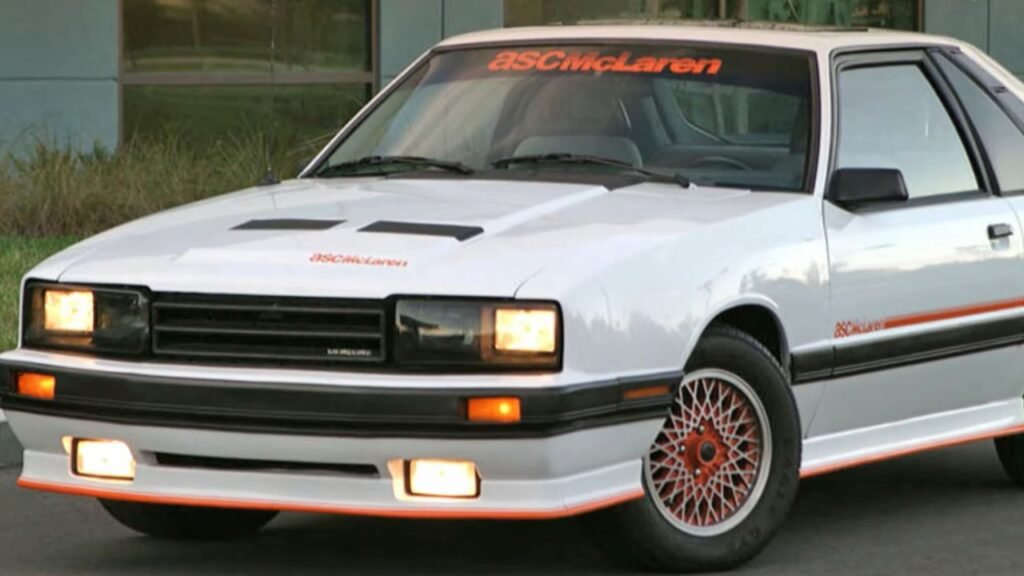
In the first year of the 70s, AMC introduced a compact car with a somewhat controversial design. The Gremlin’s hatchback design was necessary to make the car stand out in a competitive market. According to Teague, nobody would have paid it any attention if it had looked like one of the Big Three.
The car debuted with a 199 inline 6 engine and an optional 232 inline 6 producing between 128 and 145 horsepower. Starting at a budget-friendly $1,959, the Gremlin offered fuel efficiency unmatched by any American car at the time.
In 1972, AMC upped the ante by offering a 304 V8 in the Gremlin, transforming it into a poor man’s Corvette. That same year, Randall AMC, a performance dealership in Arizona, took the Gremlin X to the next level. They created 21 limited edition 401 XR models, swapping the 304 V8 for AMC’s monstrous 401.
The heart of the car was the 401 cubic inch V8 making a robust 255 horsepower and 345 torque. Weighing in at just 2,590 lb, the car had an impressive power-to-weight ratio. Combined with a four-speed manual transmission, it is a thrilling performer on the road.
Car Craft Magazine tested a well-optioned 401 XR and recorded a quarter-mile run of under 12.3 seconds, over a second and a half quicker than the base Gremlin 401 XR. With only 21 examples built, these rare cars are highly sought after by collectors.
5. Merkur XR4Ti
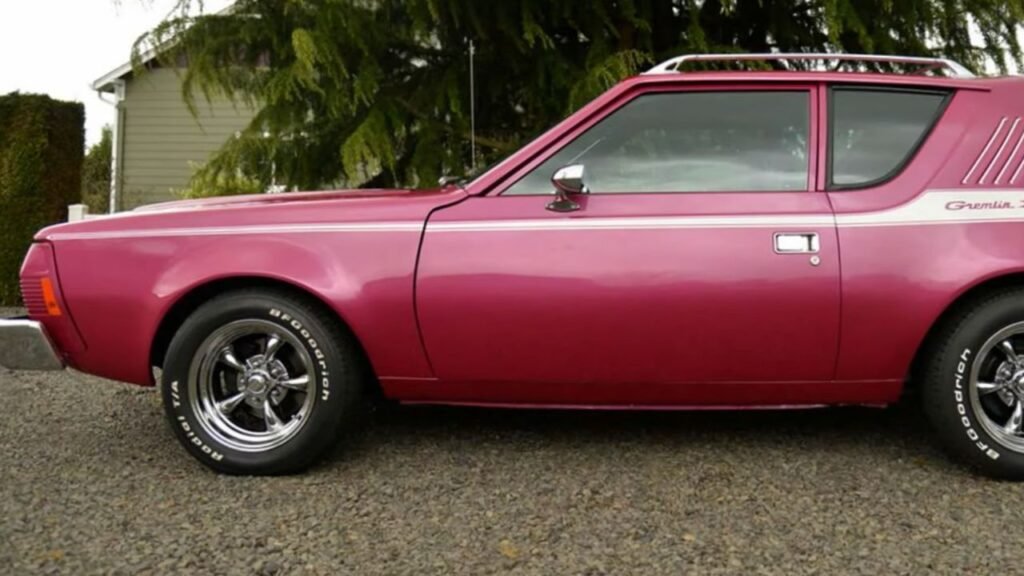
The Merkur XR4Ti was a short-lived but interesting experiment by Ford in the 1980s. In September 1982, the Sierra launched in Europe, and a year later the performance-oriented XR4i appeared.
Mr. Bob Lutz, executive chairman of Ford Europe at that time, decided to bring the XR4i version to North America to compete with luxury and sporty imported models such as BMW.
The name Sierra was not used in North America as it was used by General Motors for the GMC CK Sierra truck line and sounded too similar to the Oldsmobile Cutlass Sierra.
The XR4Ti was assembled mainly by hand in Germany, and that is also the origin of the name Merkur, which means Mercury in German.
The XR4Ti packed a punch under the hood; its 2.3 L turbo engine, a variant of the one used in the Mustang turbo GT, offered 175 horsepower and 195 torque.
Mated to a five-speed manual transmission, it can propel the car to 60 in 7.8 seconds. This potent package helped the XR4Ti carve a niche as a driver’s car, offering European-inspired thrills to American enthusiasts. Despite initial success, sales declined over the years. From 1985 to 1989, only 42,46 units made it across the ocean during its production run.
RELATED POSTS
View all
